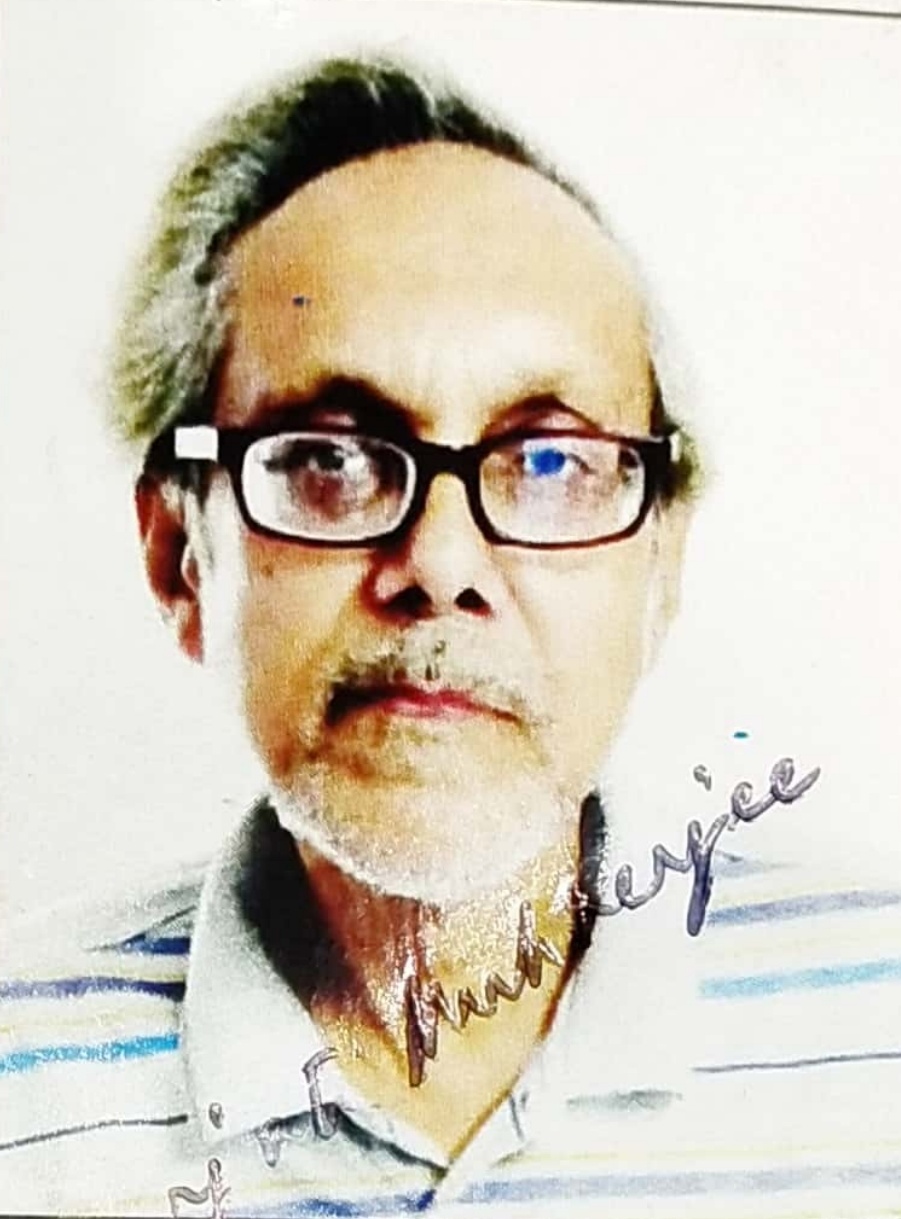The self-employed being the most significant component of the workforce, it goes without saying that special measures are needed for them
 Dhurjati Mukherjee I INFA Service
Dhurjati Mukherjee I INFA Service

India has an opportunity to benefit from the demographic dividend though there are differences of opinion on the subject given the resources at the command of the government and the huge developmental needs.It is significant to note that 68 percent of India’s population is in the 15-64 age group out of which close to 50 per cent of the population are around the age of 25 years.
This should be seen in the backdrop of the UNFPA pegging India’s mid-year population at 142.86 crore and China’s at 142.57 crore, thereby becoming the most populous nation of the world, according to the State of the World Population Report 2023, released last month. Given that India has in recent years been adding 1.6 to 1.7 crore annually to its population and, with a few weeks to go for June-end, it could mean that the country has already crept ahead.
India’s young are considered an asset. The qualified young generation have accomplished a list even with meagre opportunities at their command. With 26 percent of the population below the age of 25, the onus has to be taken by the government to make them properly educated and impart the necessary technical training. Also, development programmes are equally important though the government is woefully lacking in healthcare, nutrition as also education for the masses.
Health experts are of the opinion that India’s new position comes amid lingering concerns about an unmet need for contraception and the persistence of child marriage. A 2019-21 nation-wide health survey found that 9.4 percent unmet need for contraception, implying that even when couples want to adopt a contraceptive method, it is not available to them.
The UNFPA suggested that “population anxieties have seeped into large portions of the general public. Yet, population numbers should not trigger anxiety or create alarm. Instead, they should be seen as a symbol of progress, development and aspirations if individual rights are upheld”.
Facing the demographic challenge for the country is indeed an enormous task. There is a need for far more resources to develop the country and meet its massive infrastructural needs. These relate both to physical and social infrastructure development though in recent years, the private sector has come forward in a big way.
The living standards of the people have to improve for which there is need for enough opportunities in various sectors, specially in the rural areas, which unfortunately are still stagnating.
Employment growth in manufacturing during 2011-12 to 2021-22 was a low 0.55 percent against the overall employment growth of 1.42 percent. Start-Up India, Productivity Linked Incentive (PLI) and ‘Make in India’ schemes have only touched the periphery of the problem.
As regards self-employment where India has the highest number, thanks to agriculture and trade and crafts, over 55 percent of the workers are counted as self-employed though about a third are helpers in household enterprise.
The self-employed being the most significant component of the workforce, it goes without saying that special measures are needed for them. It includes use of technology, marketing strategies, availability of capital and credit, soft skills etc. In fact, each self-employed person will need an innovative approach. Another important area is training and skill development which has been started by the government, but it needs to reach all corners of the country.
The ministry of skill development estimated an additional requirement of 10.3 million persons in different sectors for training. Nearly 50 percent of these persons were in the category of manufacturing, logistics and ITs. However, it needs to be stated that more specialised training and skill development needs to be imparted.
If the country’s youth can be gainfully utilised in the development process, then only the demographic challenge would be to India’s advantage. But for that there is a need for a significant shift in strategy by providing them not just skilled training but also ensuring better opportunities for them. Obviously, the need for employment generation should be the first on the priority list, whether it is in the government or private sector.
Moreover, informal sector jobs have to be made more rewarding. In this connection, there is a need for transforming the rural sector to make it vibrant through better infrastructure facilities. But how can this be done? Obviously through generation of more resources to boost up manufacturing and infrastructural development.
It needs to be pointed out here that unfortunately Prime Minister Modi has been reportedly pampering the rich in the hope that private investment would flow to the country. But this has not happened. The fortune of India’s 100 billionaires has steadily increased over the last 4-5 years with around 70-75 percent of the wealth generated going to the coffers of the richest 1 percent while 67-70 million Indians, who comprise the poorest half of the population saw only a 1 percent increase in their wealth.
Besides making the rich richer, the tax policies have also deprived the poor of the income support they desperately need to overcome the loss of earnings caused by the pandemic. The government has not provided any substantial direct financial relief, such as cash transfers to the poor as it is generally believed that equal distribution of wealth is not on the government’s agenda.
The reduction in corporate tax has witnessed a steady decline in collections in the last three years while there is no inheritance tax on the super-rich which is not the case with most countries where it is around 20 percent on an average.
India is producing, on an average, 70 millionaires every day even as over 20 percent of Indians live on less than $1.25 a day. Added to this is the deplorable condition of the country’s children who suffer from underweight and stunting due to undernourishment. Unless policies are geared in the right direction of generating resources, these cannot be ploughed back into manufacturing and infrastructural development – areas which are key to utilising the young population and creating employment opportunities.
There is no dearth of talent in the country, but its utilisation leaves much to be desired. As rightly pointed out by economists, along with the services sector, more emphasis has to be given to specialised manufacturing to absorb the labour force. But such manufacturing should result in import substitution and also expand the scope of the export market.
Engineers and diploma holders can play a vital role in this regard and, if necessary, be given advanced skill training. Likewise doctors and nurses can play a significant role in improving and expanding the healthcare system of the countryside. An overall strategy rather than piecemeal planning is what the Centre must work towards.—INFA
(The author is Sr. Consultant & Guest Faculty of Bharatiya Vidya Bhavan, Kolkata; an avowed writer and speaker on issues such as social and economic development,environment, Gandhian thought and peace studies.)



